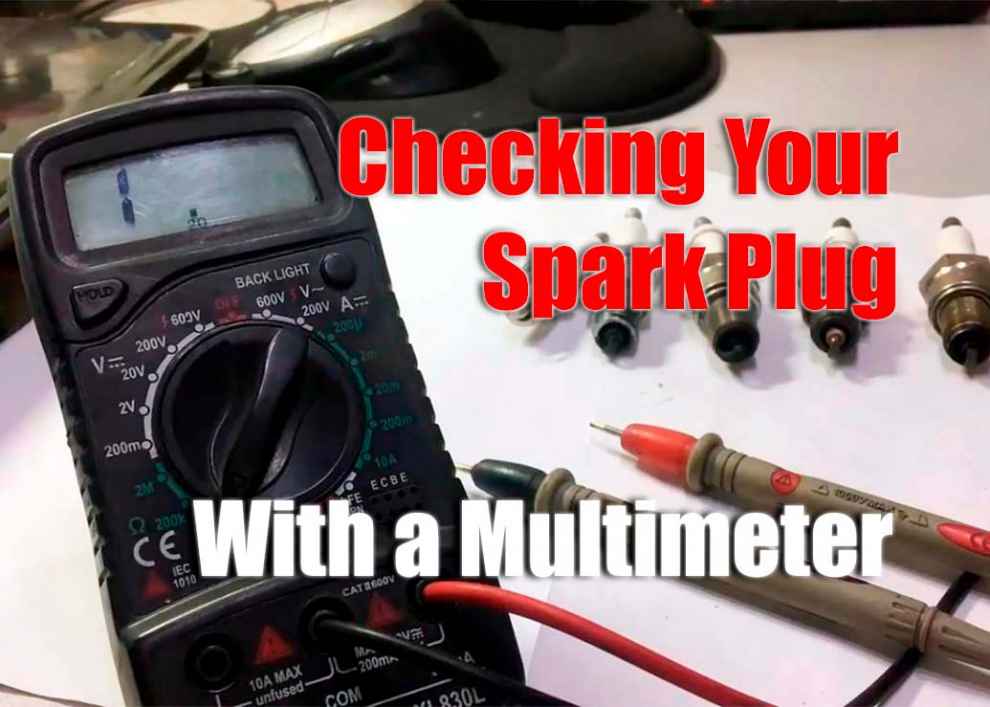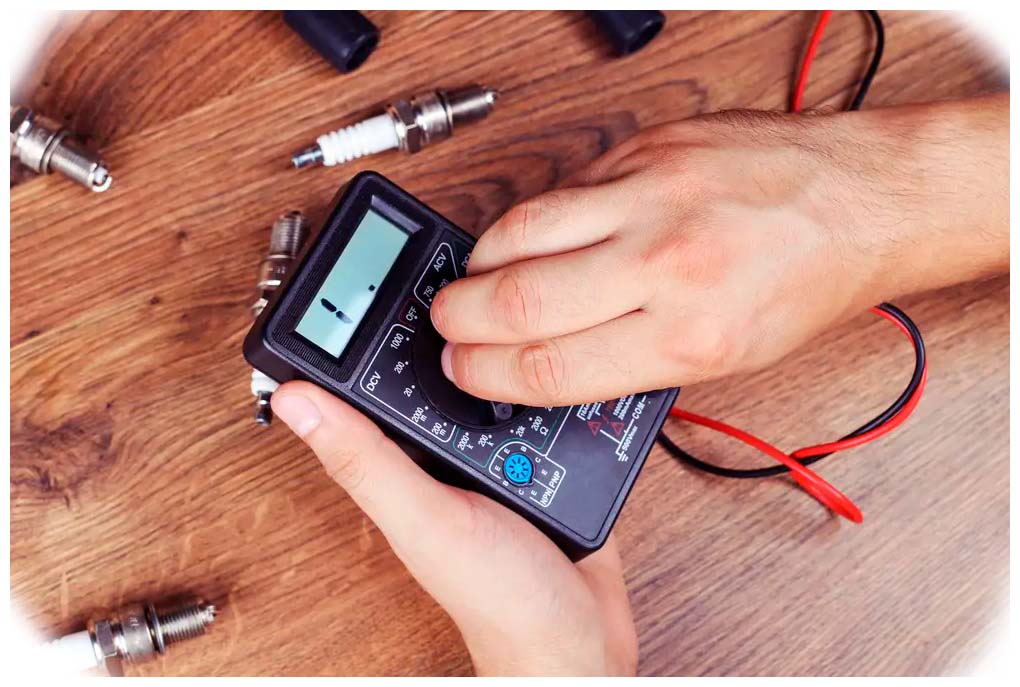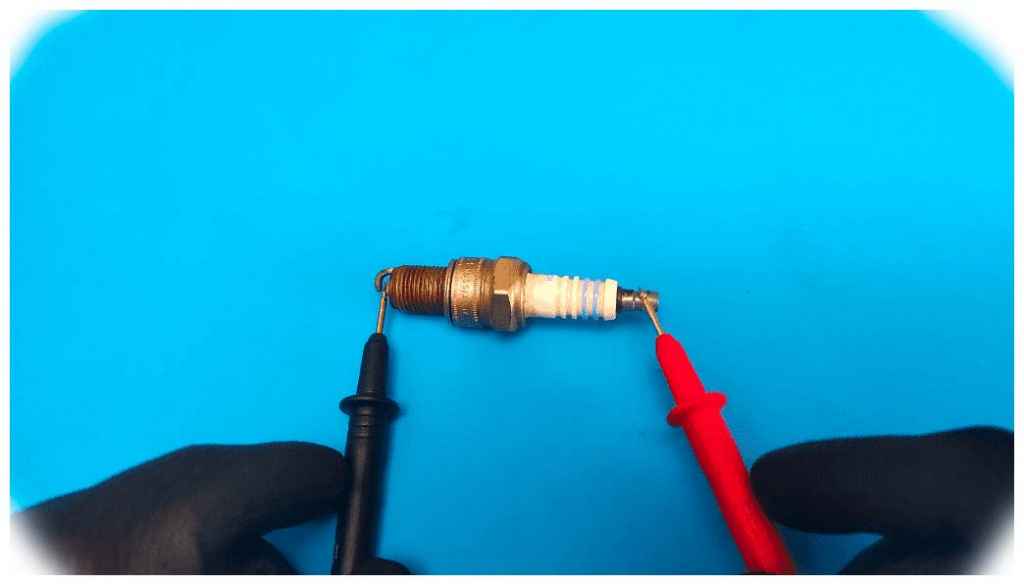Spark plugs are essential components of any engine and must be checked regularly to ensure maximum performance. If a spark plug isn’t working properly, it can negatively affect your vehicle’s fuel efficiency and cause problems like poor starting or rough idling. Checking your spark plugs with a multimeter is an easy way to make sure they’re in good condition.
Tools Needed to Check Your Spark Plug
For this job, you will need the following items:
- A multimeter with an ohmmeter setting
- A spark plug socket with an extension bar
- An adjustable wrench or spanner
- A rag or cloth for cleaning the spark plug and socket area
Steps to Check Your Spark Plug With a Multimeter
-
Disconnect the negative terminal of your battery before beginning any work on your car’s engine for safety reasons.
-
Use the adjustable wrench or spanner to loosen and remove the spark plug from its socket in the engine block. It should come out easily without too much force being required.
-
Clean off any dirt or debris around the spark plug and socket threading. You can use a rag or cloth for this.
-
Set the multimeter to the ohmmeter setting and attach the leads to each end of the spark plug.
-
Observe the reading on your multimeter display. A healthy spark plug should show a reading between 10,000 and 30,000 ohms. If your spark plug falls outside this range, it will likely malfunction and should be replaced.
-
If your spark plug works correctly, replace it in its socket in the engine block using an adjustable wrench or spanner and tighten it securely. Reconnect your battery’s negative terminal after you finish the job to restore power to your car’s electrical system.
Troubleshooting If Your Spark Plug Isn’t Working Correctly
If you find that your spark plug is not functioning correctly when you test it with a multimeter, there may be several potential causes:
-
The electrode gap may be too wide or too narrow; if this is the case, you must adjust it accordingly with a feeler gauge before reinstalling it into its socket on the engine block.
-
The spark plug may be worn out and need replacement; replacing it every 10,000 miles or so is recommended for optimal performance.
-
The spark plug may have become contaminated with fuel or oil; if this is the case, you must thoroughly clean it before reinstalling it.
-
The spark plug may have been incorrectly installed; if so, you must remove it and reinstall it with an adjustable wrench or spanner.
Conclusion
Checking your spark plugs with a multimeter is easy to ensure they’re in good condition and performing as expected. By following these steps, you can quickly identify any potential problems that could lead to reduced engine performance, poor fuel economy, or other issues related to your vehicle’s ignition system.


 Set the multimeter to the ohmmeter setting and attach the leads to each end of the spark plug.
Set the multimeter to the ohmmeter setting and attach the leads to each end of the spark plug.
Add Comment